Hop o' My Thumb is a fairy tale written by Charles Perrault. The story is about seven boys who were abandoned in the woods by their poor father. Brothers found a house where a cannibalistic giant lived and they were trapped.
The smallest of the boys, called Hop o' My Thumb tricked the giant, led the boys out, and when the giant almost caught them, he stole his magic boots. With these a whole new life for the family becomes possible.
This fairy tale is not among best known-ones, but it's closest German relative Hansel and Gretel is. Let's take a look at Hop o' My Thumb. Here are the ten most important facts:


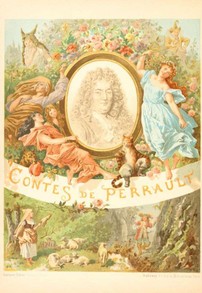
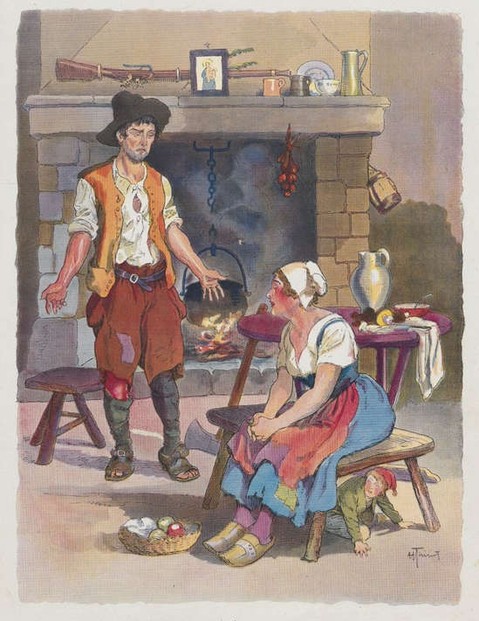
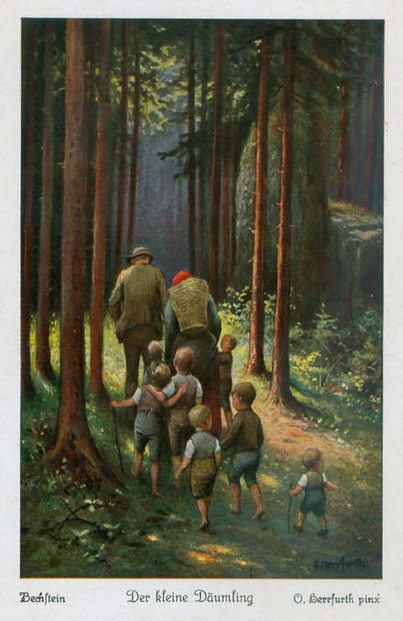
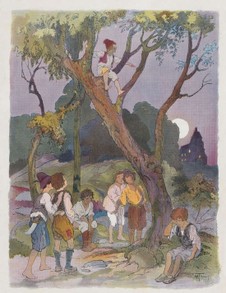
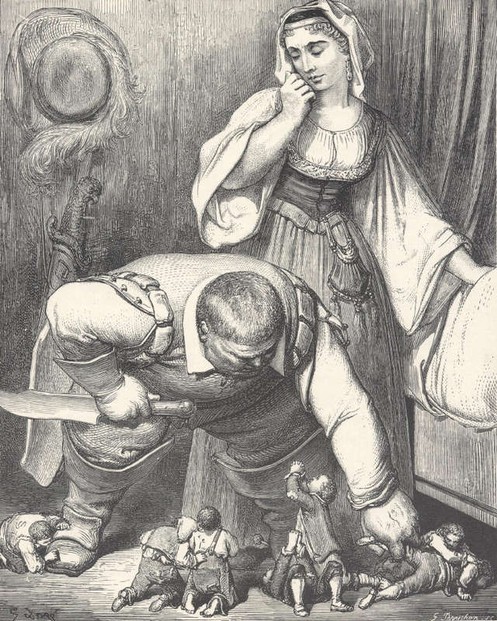
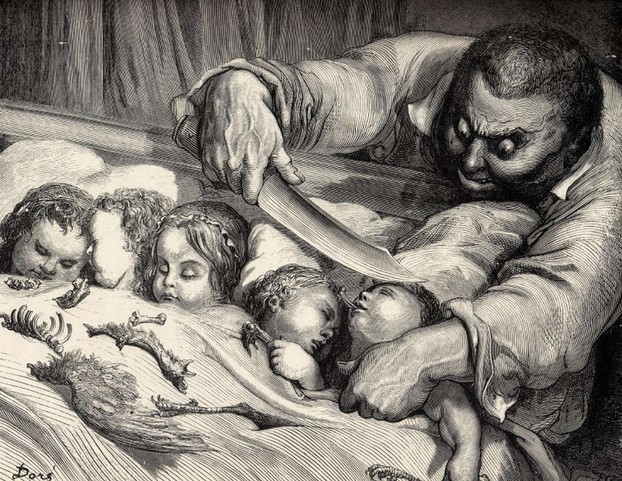
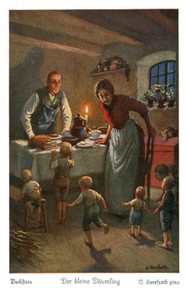
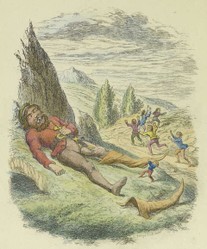

 Vintage Postcard Artists with 10 Examples of Easter Cardson 02/21/2025
Vintage Postcard Artists with 10 Examples of Easter Cardson 02/21/2025
 Valentine's Symbolson 01/23/2025
Valentine's Symbolson 01/23/2025
 Thanksgiving Symbolson 11/12/2024
Thanksgiving Symbolson 11/12/2024
 Famous Witches in Literary Historyon 10/06/2024
Famous Witches in Literary Historyon 10/06/2024
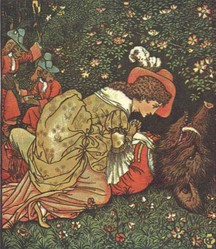
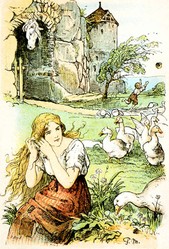
Were you already familiar with Hop o' My Thumb?
I don't think so. We can look at the ogre and his wife as symbolic parents. The main goal of the fairy tale is the growing up of the protagonist, so the fcus should be on him. We also know he takes care of his parents and siblings, so there is no need to find out what happened with his symbolic parents who already served they purpose.
A first loose end in the Hop o' my thumb fairy tale can be considered not knowing what happened to the ogre's wife.
The second loose end can be considered not knowing what happened to the ogre.
Did the ogre slowly wend his way back home to his wife or, without his powerful 7-league boots, was he attacked or killed?
7 leagues in general means long distance.
The in-text image between the eighth and the ninth facts, Helper and Trick defeats the brute power respectively, displays only five sleeping girls.
Might Gustave Doré -- ;-D -- have miscounted?
The Oskar Herrfurth-illustrated article on Weebly begins with the characterization of Hop o' my thumb's father as a "poor" woodcutter.
Can woodcutters, unlike ironworkers mentioned in your wizzley about goose-girl symbols, be anything but poor in fairy tales?
Hop o' my thumb has perhaps two loose ends.
One loose end is the following: What might have happened to the ogre's wife?
Thank you for the Weebly link to more fairy-tale articles and illustrations!
The second of three illlustrated summaries concerning Hop o' my thumb contains Gustave Doré imaginings. The second one details that "This is the scene with white stones, today much more known from the German variant (Hansel and Gretel)."
What is the white-stone scene about?
Thank you for the weebly link to your article about Perrault fairy tales.
One image for Hop o' my thumb announces that "L'ogre sent la chair fraîche ("The ogre smells fresh/young flesh")."
Why does he not detect the different scents of his sleeping daughters?
The last paragraph ends with three links.
In particular, the third link leads to an elucidating, entertaining read about Hop o' my thumb. That article mentions Hop o' my thumb becoming the king's "special messenger."
Might that position involve Hop o'my thumb always, never, sometimes wearing the 7-league boots?
The 10th fact, More than ordinary hero, ends with Hop o' my thumb sharing his mercy -- and his money? -- with his birth family.
Does any version hint as to what comes after? For example, might Hop o' my thumb get married and have children and grandchildren?